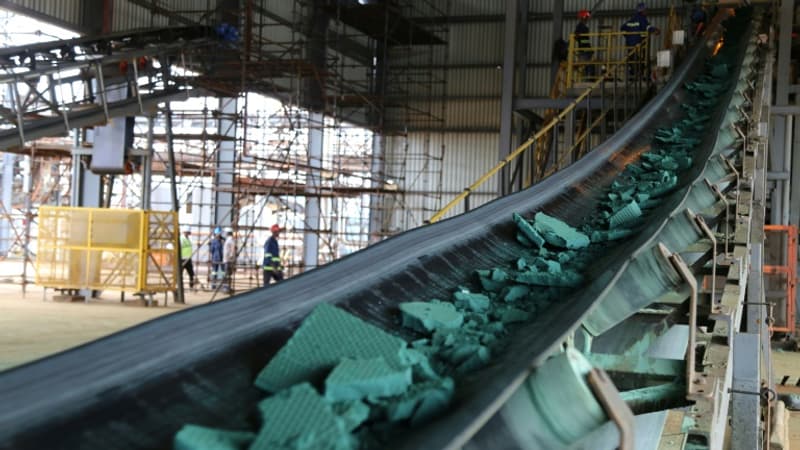This is one of the most important points in Stellantis’ strategic plan for a successful transition by 2030. The manufacturer will obtain its nickel and cobalt sulfate from the Australian mining company GME Resources: the two metals enter the composition of electric car batteries. .
In a press release, it recalls its intention to reach “100% of sales of battery electric vehicles (BEV) for passenger cars in Europe and 50% of BEV sales for passenger cars and pick-ups in the United States by ‘by 2030′”.
For this reason, Stellantis, like other automakers, is moving up the value chain to secure its supply of critical metals. The agreement with GME is not binding: although the miner has one of the most promising nickel and cobalt deposits in the world, it has not yet started mining and continues to raise funds to determine a date to start production.
This year, however, Stellantis entered into a binding agreement with Controlled Thermal Resources, a California operator, to buy lithium in North America for a period of 10 years. In Europe, he looked for “white gold” in Vulcan Energy, a German startup developing a zero-emissions lithium extraction project from geothermal energy. All this with a direct capital investment of 50 million euros.
Tesla had shown the way
The manufacturer’s strategy is not original, all the big companies in the sector are rushing towards strategic metals. Renault, within Stellantis, signed an agreement in June with the Moroccan company Managem to acquire part of its cobalt production. French groups aim in particular to speed up the production of greener metals, as in the case of Vulcan: Renault wants to reduce the carbon footprint of its batteries by 20% by 2025.
Separately, Volkswagen has also embarked on the Vulcan Energy project, having signed with a Belgian cathode manufacturer, Umicore. Controlled Thermal Resources have also attracted Mercedes. General Motors has bet on Livent Corp for low-carbon lithium and Glencore, a trading giant, for its cobalt.
This surge in the supply chain, a seminal trend for several years, was notably fueled by Tesla, which has worked with a dozen mining operators since it went into production to secure its purchases. These contracts are often signed on a long-term basis (in extraction) and even before the entry into service of the mine.
lithium, nickel, cobalt
Critical metals have to live up to their name: their price fluctuates constantly and insuring purchases allows you to protect yourself against financial risk. Their production is also structurally limited, as few countries can produce them.
Regarding lithium, the one with the greatest risk because it is used in the composition of all types of batteries, four countries (Chile, Australia, Argentina and China) share the reserves; In cobalt, the Democratic Republic of the Congo is in a hegemonic position with more than half of the current production and estimated resources.
Manufacturers must also play in these markets with the competition of technological or industrial groups, more accustomed to investing in mining projects or ensuring production for resale. Other trading companies (Trafigura, Glencore, etc.) also appropriate minerals to later resell them.
Although the European Union has prohibited the sale of thermal vehicles in 2035, and California has set the same goals, production continues with difficulty. According to the International Energy Agency (IEA), lithium mines deliver on average 25% less than initially expected due to technical limitations. And new projects take a long time to start up, between 6 and 19 years according to the legislation.
Source: BFM TV


